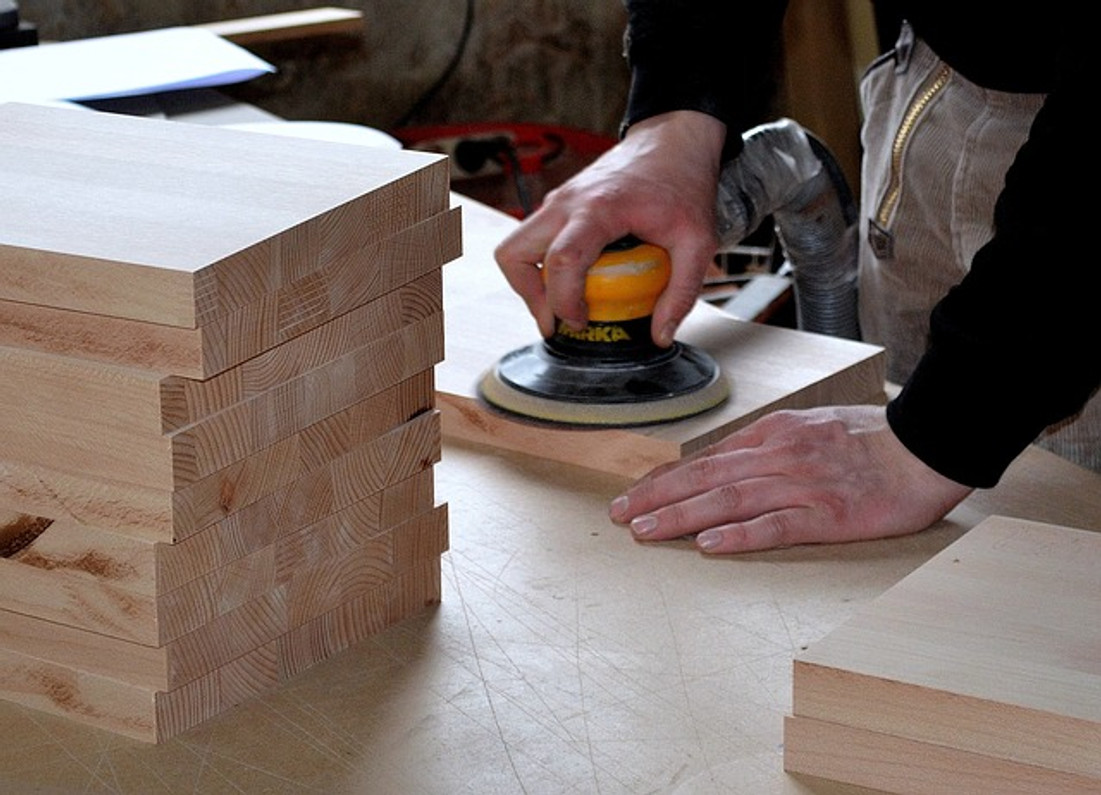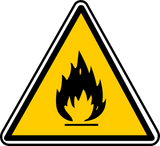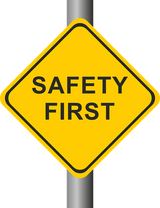5 Safety Tips to Follow When Using a Plate Joiner
A plate joiner is an innovative woodworking tool that makes it easy to join two or more pieces of wood. Also known as a biscuit joiner, it's designed to create notches in wood. You can use a plate joiner to create uniform notches in two or more pieces of wood. You can then push the pieces of wood together with the assistance of a wood insert known as a biscuit.
The plate joiner will eliminate the need for separate fasteners by creating natural joints within the wood pieces themselves. But if you're going to use a plate joiner, you should follow these five safety tips to protect against bodily injury.
#1) Stabilize Your Workpiece
Always stabilize your workpiece when using a plate joiner. Plate joiners are designed specifically for wooden workpieces. Regardless of the variety of wood from which it's made, you'll need to stabilize it. If it's loose or otherwise not stable, the plate joiner may slip while striking your hand instead of the workpiece. To protect against bodily injury, use a workholding solution to stabilize your workpiece.
#2) Inspect the Power Cord
Before using your plate joiner, take a minute to inspect the power cord. Most plate joiners require a corded connection to a wall outlet. You'll need to plug your plate joiner into a nearby wall outlet, after which you can turn it on. If the power cord is frayed or otherwise damaged, though, you shouldn't use it. A damaged power cord is a safety hazard. It may cause an electrical failure that places you at risk for bodily injury.
#3) Wear PPE
Don't forget to wear personal protective equipment (PPE) when using a plate joiner. For starters, you should wear impact-resistant goggles or glasses to protect your eyes from flying debris. In addition to impact-resistant goggles or glasses, you should wear some form of hearing protection. It's also a good idea to wear a dust mask so that you don't accidentally inhale any wood dust. With the right PPE, you'll be better protected against bodily injury.
#4) Hold With Both Hands
Ensuring a proper grip will minimize your risk of injury when using a plate joiner. Don't hold your plate joiner with just one hand. Instead, hold it with both hands at all times during use. If your plate joiner has a main handle and an auxiliary handle, you can place one of your hands on each of these handles. Doing so will create a stronger grip that gives you more control over your plate joiner.
#5) Unplug Before Checking Blade
You should unplug your plate joiner before checking the blade. Maybe you want to see if the blade is still sharp, or perhaps you want to see if it's seated properly. Regardless, you should unplug your plate joiner. Attempting to check the blade while a plate joiner is plugged into the wall outlet is a serious safety hazard.
Recent Posts
-
Fire Safety in the Workplace: What You Need to Know
What steps are you taking to prevent fires in your workplace? According to the U.S. Occupational Saf …Aug 23rd 2023 -
Is It Safe to Go Jogging With a Cold Infection?
If you're suffering from a cold infection, you might be wondering whether it's safe to go jogging. T …Aug 22nd 2023 -
5 Safety Tips to Follow When Using a Powder-Actuated Tool
Powder-actuated tools are commonly used to join materials to steel and concrete. Also known as Hilti …Aug 20th 2023




